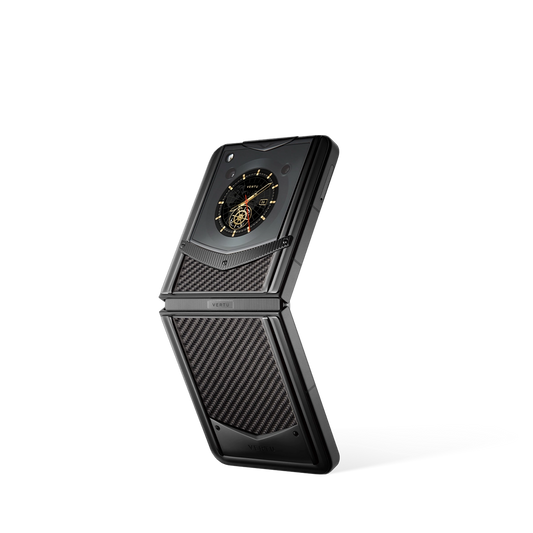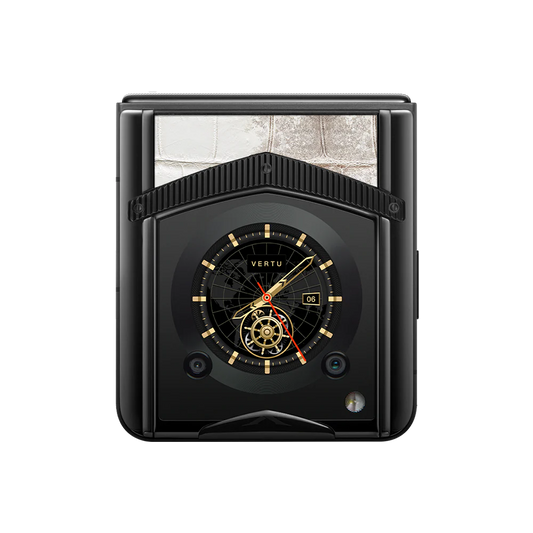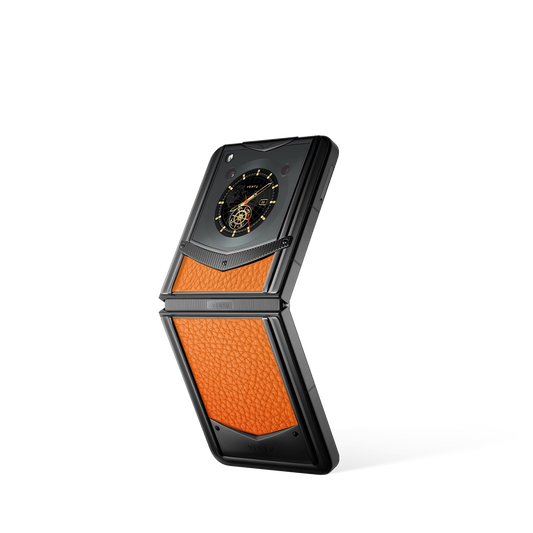Princeton School Uniform Blazer from 1923

A friend recently returned with a highly collectible 1923 Princeton University Uniform Blazer.
This jacket was a centerpiece of the Ivy Style exhibition at FIT in New York in 2013. Typically, only official museum photos are available to view it. Today, I am fortunate to be able to examine this early Ivy piece from the inside out.
The blazer's value lies not only in its representation of pre-war Ivy League style but also in the combination of handmade and machine-made techniques, blending old-fashioned and new methods.
The Blazer was made by The Brooks Uniform Company of New York, the largest uniform and costume company in New York at the time. It is important to note that this company is not related to the Ivy giant of the same name, Brooks Brothers. The methodology of intertwining the machine and the hand embodied the unique charm of the transition from the tailor to the industrial age.
Although the exterior resembles the modern Blazer, the interior is reminiscent of early 20th century sportswear.
The lightweight tweed material is unlined, and the raw edges are machine piped, resulting in a relaxed and casual appearance that allows for ease of movement.
The silhouette follows the four-piece structure of the early 20th century Sack Coat, but without the chest cut used in modern suits to create a firm fit. The lines are not overly fitted, resulting in a dashing and sleek look. Additionally, the jacket features high and small sleeve holes, providing greater comfort and less deformation during movement. This design aligns with the American school spirit of emphasizing sports activities.
In contrast, modern suits have a standardized production process that involves splitting the body of the jacket into six pieces. The size of the sleeve holes is also larger, resulting in a serious and rigid appearance that lacks the flexibility of early 20th century western-style suits that were suitable for daily wear.
Although the production is simple, the traditional tailor's attention to detail is evident in the finer points. The sleeves are minimally treated, with raw edges exposed, but the seams are carefully ironed on both sides to achieve the smooth 'Natural Shoulder' that is the hallmark of the Ivy style.
In contrast to the machine-driven style of the rest of the jacket, the collar and lapel are hand-lined to ensure a natural roll, with visible hand-stitching when viewed against the light.
The Blazer is partly made using specialized machines, which were considered high-tech in the 1920s. The unique appeal of 1920s and 30s dresses stems from the combination of cutting-edge technology and traditional handwork, which is not present in other eras.

















